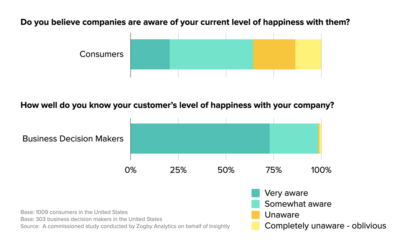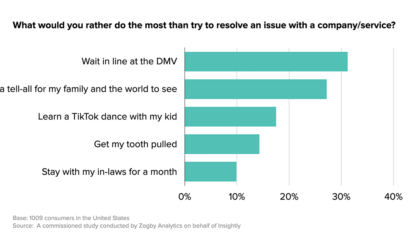I’m a pet parent. And like millions of others, I spend plenty of money on products and services to keep my cat happy and healthy. (Pet parents in the U.S. will spend north of $58 million on their furry friends in 2014 alone.) To earn — and keep — the business of pet parents, pet-related providers need to connect with their customers’ hands, heads, and hearts.
Hands: What are pet parents’ functional needs? I recently had to search for a new cat sitter, and there were a few basic things that I needed: come over to our house once a day, scoop the poop, feed and water the feline, and spend a few minutes of quality time with kitty on the couch. Every prospective sitter had to satisfy each item on my checklist — and those that advertised additional services, like claw trimming and food and medication pick up, rose to the top of my list.
But the pet sitters in San Francisco didn’t exactly make it easy for me to hire them…
Head: What are pet parents’ cognitive needs? Many of the sitters recommended by my neighborhood pet store didn’t have websites, and most of the websites I did find screamed at me in 100 different colors and typefaces. Ouch! When I called one prospective sitting company, an automated message informed me that they were having problems with their voicemail system and so I should email instead. So much for being able to interact in my channel of choice.
And yet, despite being less than easy to work with, the needs of my head in this situation paled in comparison to the needs of my heart…
Heart: What are pet parents’ emotional needs? Our old cat sitter always left a note on the counter, letting us know how much she enjoyed her time with our cat. But her lack of communication during long vacations and business trips left me anxious and worried about how she (the cat, not the sitter) was faring at home. Apparently I’m not alone in these emotions, as several Bay Area pet sitters have upped their game, earning praise from Yelp reviewers for sending daily texts to traveling pet parents.
And then a friend showed me the email pictured in this post. She had left her 12-week-old puppy Linus in New York to visit us for a long weekend before heading to Hawaii for another week. Two days into the trip, she already missed her dog terribly. And then suddenly she beamed, turning her phone around to show us an email with pictures of Linus bopping around with other dogs in the pet sitter’s yard. Ok, yes, it was a bit corny, we agreed — but the email clearly put my friend at ease by anticipating the emotions she’d have leaving her new pup in someone else’s hands.
As companies work to be more customer-centric, many have focused on meeting customers’ functional needs or being easy to do business with. But to truly reap the business benefits of customer experience, they must learn to connect with customers on a more holistic level. Human emotions are key to this new business equation.




